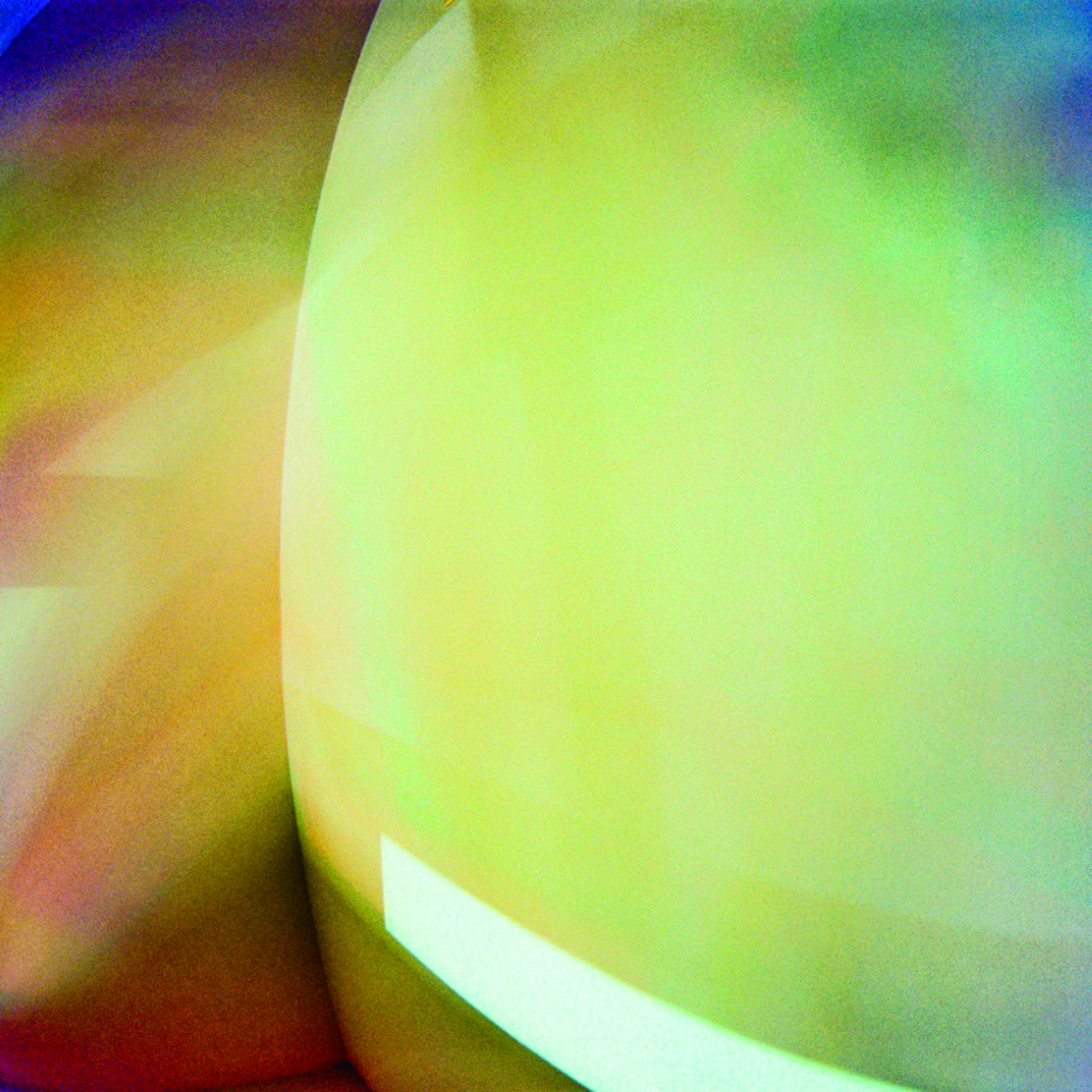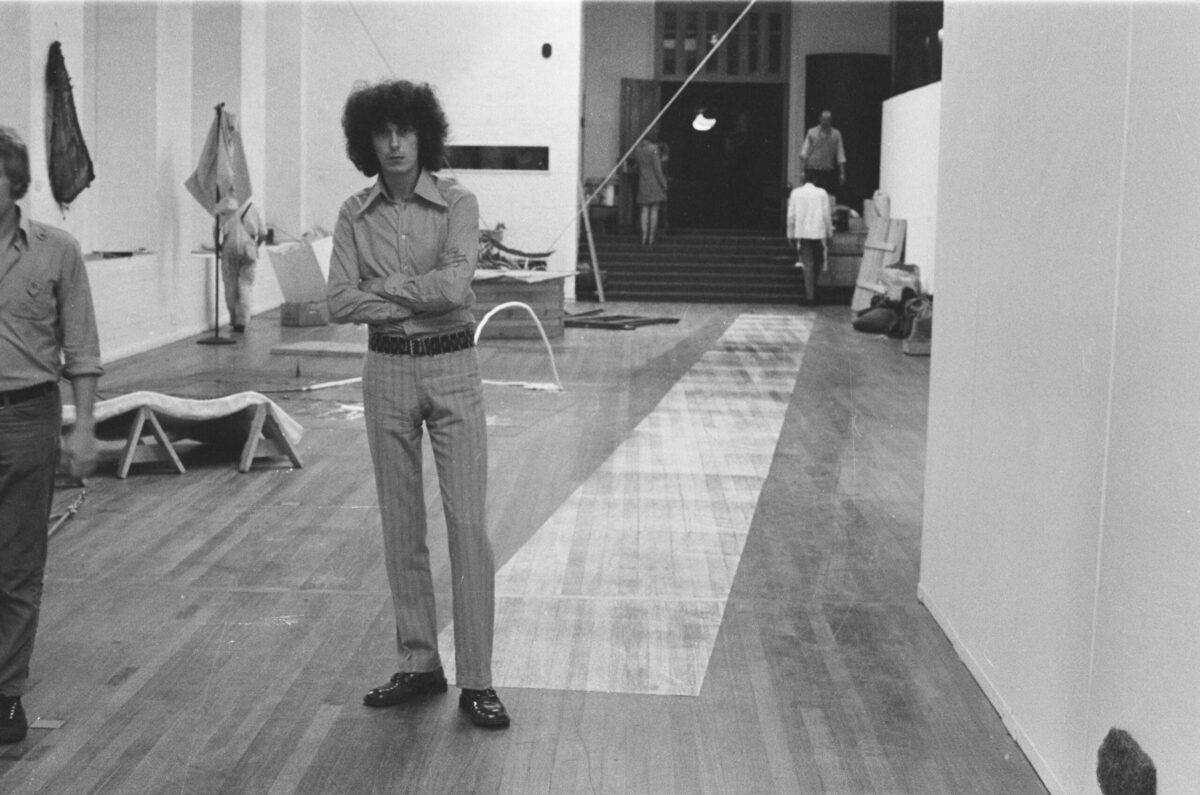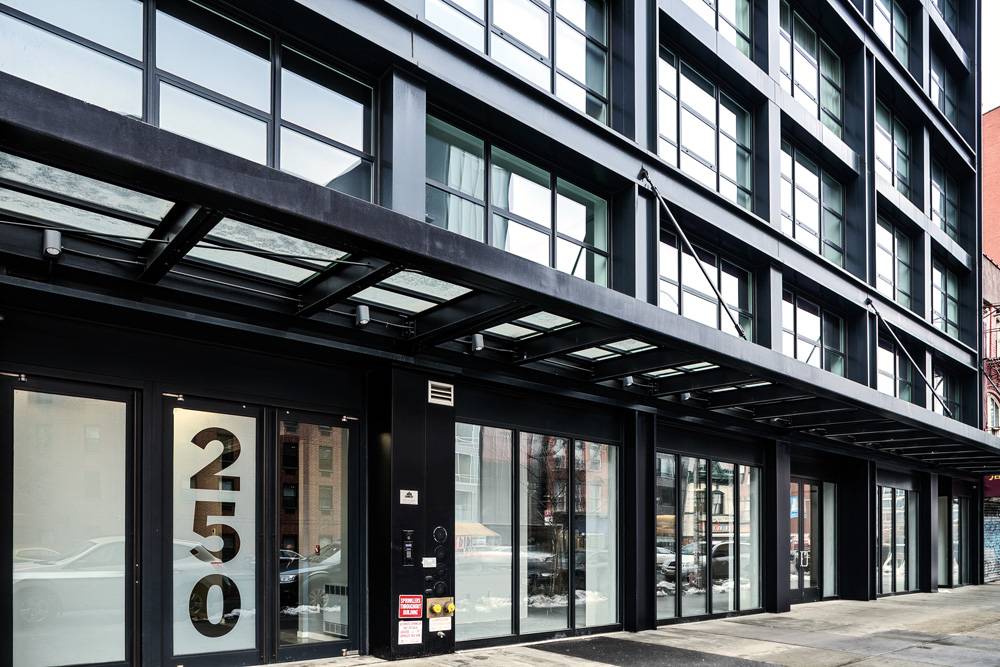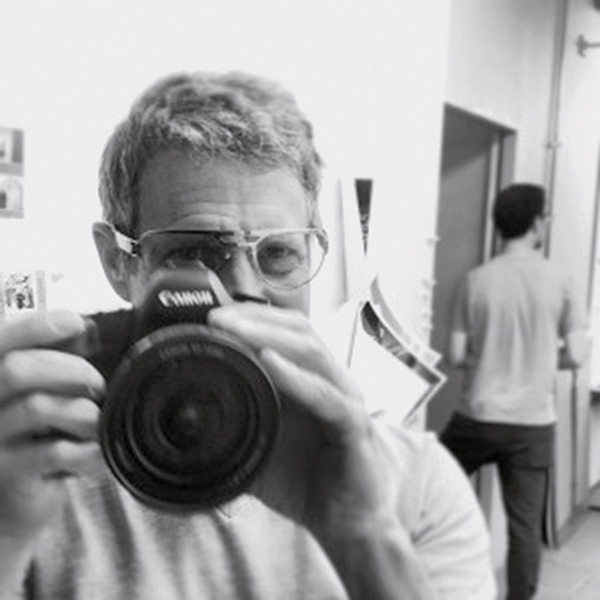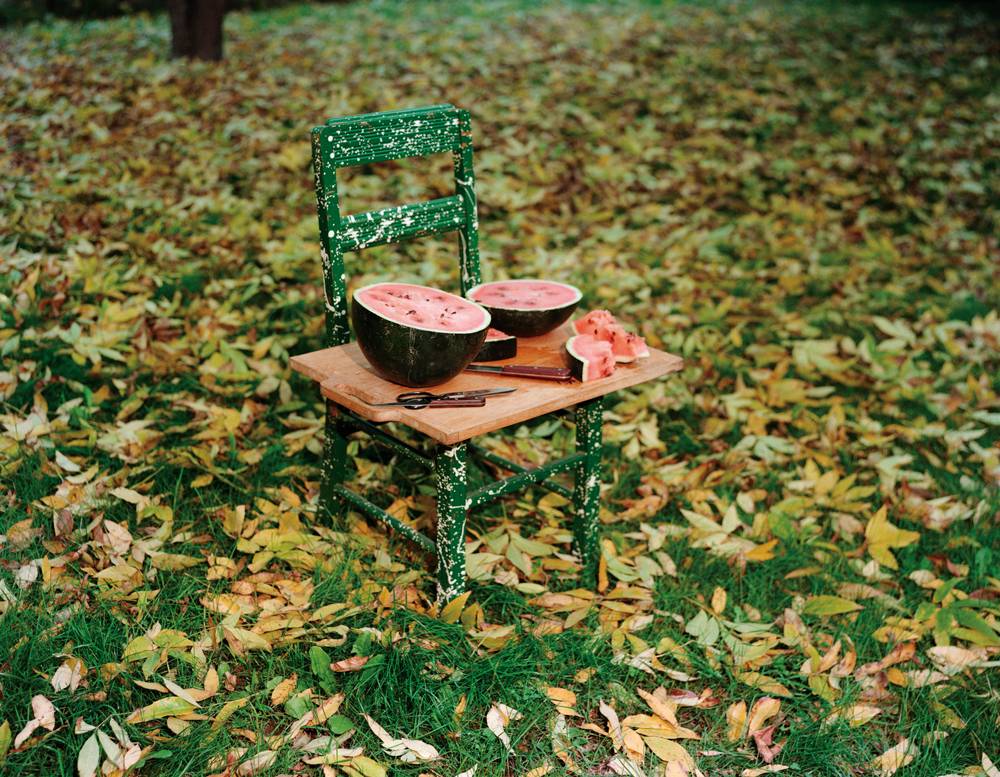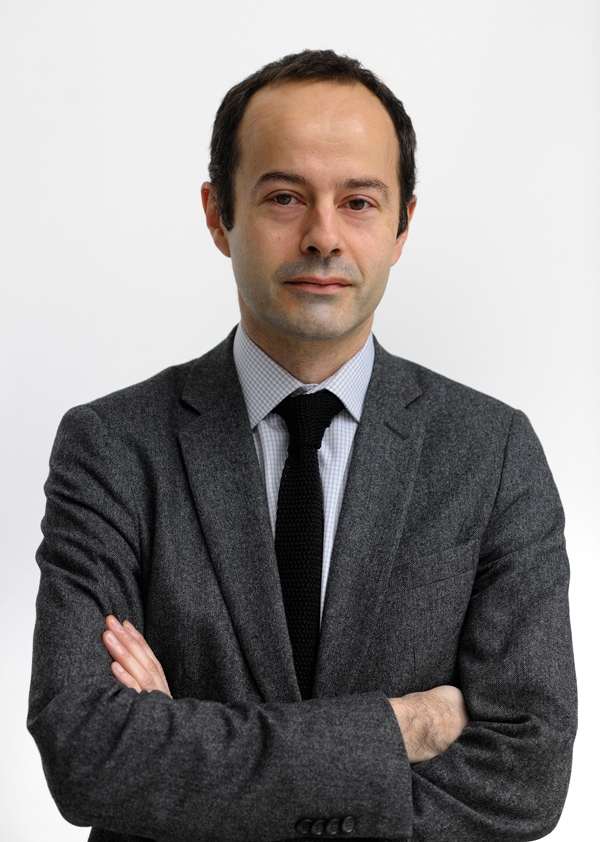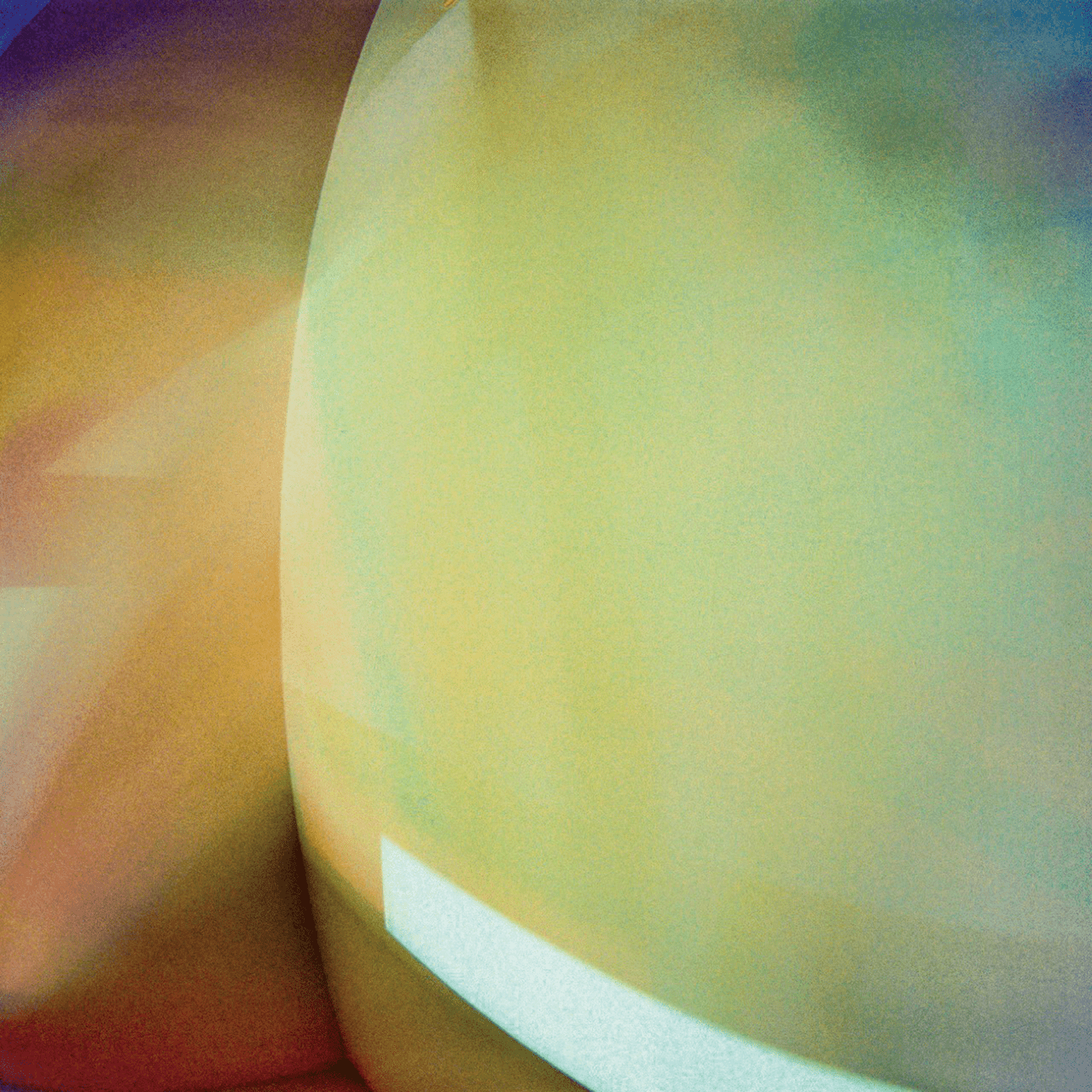

One thing we can say about contemporary photography is that, in contrast to the “objectivity” of 20 years ago, what you see is not necessarily what you get. It would be no more than a commonplace to point out that Taiwan-born photographer Wen-Han Chang’s diaphanous photographs testify to the broad acceptance of abstraction in photography. These kinds of photographs are literally everywhere. But there is no such thing as abstraction as trend or movement, only a wide variety of approaches, each to be engaged on its own terms.
On the surface, Chang’s color photographs capture shadows and reflections of colored light in a windowed room (or several rooms). They are lovely to look at, with their shifting planes of color, angles, and lens-based distortions. But even without knowing anything about them, there is something unsettling, even chaotic in them that threatens to break through their decorousness. Chang explains that he wanted to make a record of what was happening while he was asleep. He set up cameras to record what the light was doing around him, and by extension to him, in the space where he slept. It is a kind of theater he has recorded, nature caught unawares in the midst of a business (the prismatic play of light) that doesn’t care about his unconscious self. This reverses the Surrealist dictum of dreams as the royal road to creativity and knowledge. The oddness here is very real but hard to put into words. It’s a surveillance project in which there is no perpetrator, no intruder, yet a kind of breaking and entering is taking place. This sense of the unseen (by the sleeping subject) gives rise to feelings of vulnerability and a loss of control that absolutely contradict the authority usually conferred on the photographic viewer and of course on the photographer. Photographs usually show what the photographer saw, not what was completely missed.
It is fascinating that Chang worked for several years as a medical photographer, looking at subjects from the outside and, so to speak, attempting to get inside. It almost seems as if the entire basis of his art in this exhibition is simply to reverse that process, but with the same scientific impulse, to make visible what hides from us.

